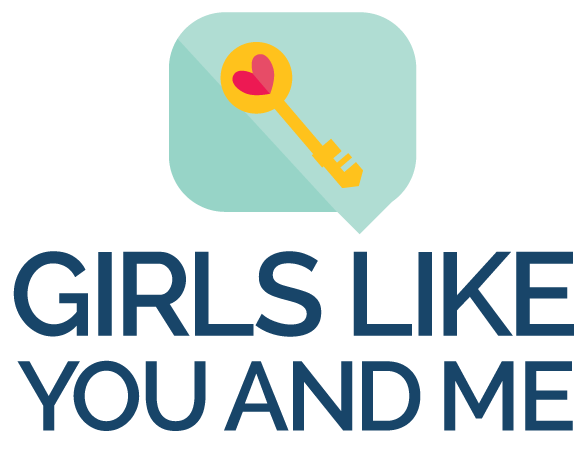Engineering
Zarina fell in love with engineering when she learned how roller coasters work in high school physics class.
She studied mechanical engineering in college and systems engineering in graduate school, but there are many other types of engineering.
Interested in becoming an engineer? Search #ILookLikeAnEngineer on Twitter and Instagram and check out Engineer Girl for profiles of women in engineering and more information about what it’s like to be an engineer.
The Society of Women Engineers is also a terrific resource for information about engineering, jobs and internships, and scholarship opportunities. It’s also a community of women in engineering, so you can find women in every industry and area of engineering.
Creating worlds through programming
Zarina was captivated by the idea of creating her own world by building a website, in the mid-90s. She learned basic HTML from a dedicated teacher. Today, there are a lot of great resources to learn how to code. If you want to learn to code and have access to a computer, you can use Khan Academy and Code Academy to learn a variety of programming languages.
There are also cool organizations dedicated to teaching girls to code, like Girls Who Code and Black Girls Code, and initiatives like Google’s Made with Code.
The links between math and music
Zarina told us that “I grew up playing the saxophone, and also a little bit of the piano, and I found there to be a very interesting link between mathematics and music, when you think about, keeping time and the different tunings and the different melodies.”
Other people have seen the same connection and explored the math behind music. You can find a roundup of videos and articles on the topic here.
These two videos explore the concept. The first from concert pianist and mathematician, Eugenia Chang, explores how the notes on a scale are derived using math, and in the second, Scott Rickard talks about how he “set out to engineer the ugliest possible piece of music.”
Supply Chain
What is supply chain? Simply, it’s a system of organizations, people, activities, information, and resources involved in moving a product or service from supplier to customer.
If you’ve ever wanted to buy something, and been able to find out where it’s in stock, or when you’d be able to receive it, you’ve gotten a glimpse into a supply chain. A good supply chain has the right things in the right place at the right time, and lets the people all along the chain know where a product is when, and when they can expect it to arrive at the next stage.
Every step involves decisions, and decisions made at one point impact what will happen all along the chain. So, it's a very collaborative field to be in with a lot of different kinds of jobs. Zarina's job involves working with people along the supply chain, particularly in the warehouses to find ways to make things move into and out of the warehouses in ways that are more efficient and effective and make the workers' jobs easier physically so they can do them better.
Read our interview with Zarina and check out her reading picks.


